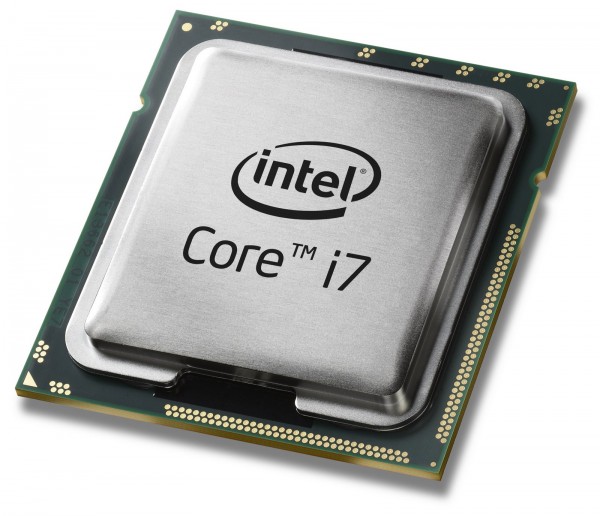
Operating systems deploy a number of techniques to increase the efficiency of their system. When you buy a computer it is important that you pay attention to the processing techniques of the operating systems as you do not want to waste time and energy with a computer that takes too long to process programs.
A few techniques are as follows:
Multi tasking:
Most computers today have the ability to multi task. Which means that they have the ability to run more than one program at once. One can easily access emails, edit word documents and listen to music all at the same time without closing any one of the programs. Of course the efficiency will depend upon the operating systems ability to multi task. It is advisable to not run a number of programs at once.
Multi threading:
Very similar to multi tasking, multi threading is the ability of a program to run a couple of functions within the program at once. Most programs today are designed to run multiple threads of functions simultaneously today. However for increased efficiency one function at a time should be deployed.
Multi processing:
Parallel processing: Multi processing is basically a technique to improve efficiency that uses the help of two CPUs to complete more than one task, as apposed to parallel processing where the two CPUs are used for different tasks therefore ensuring that the task is completed more efficiently.
Coprocessing:
Coprocessing is done with the help of special purpose processors also called coprocessors. These are deployed to increase processing efficiency of the CPU.
Memory Management:
Memory leaking is a common problem and therefore you need to ensure that the problem does not affect your processing efficiency. What some operating systems do to use additional memory to ensure that there is enough memory to process programs is virtual memory that is the use of some space on the hard drive.
Spooling and Buffering:
A few input and output devices that you may use for your computer may make the CPU very slow. Often the CPU may have to wait for these devices to finish their tasks before processing other tasks. Most systems use techniques like buffering and spooling to take care of this problem. They deploy a certain space in the hard drive to ensure that the tasks can be carried at optimum efficiency without waiting for one or another task to get over first.
There are a number of ways in which you can increase processing efficiency and you do not have to be a tech geek to achieve it. Just paying attention to ideas that will help you strengthen your operating system to handle the pressure and make your CPU work at top notch speed can provide you with the efficiency you require. Often the work in your office may receive a spurt during a particular time, and your system may not be geared to handle the pressure, simple alteration to the memory and adding an additional CPU as a co processor can save you a lot of time, energy and money in the long run.










Comments